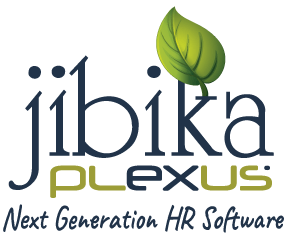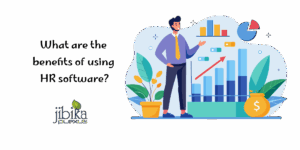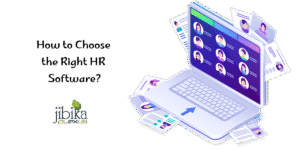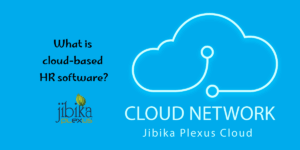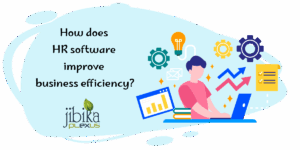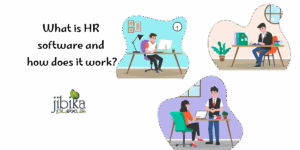Organizations today are under pressure to do more with less—streamline operations, reduce costs, and increase productivity. HR departments must juggle complex functions, such as hiring, payroll, compliance, and employee engagement, on tight budgets and timelines.
Human Resource Software is revolutionary. It helps businesses streamline their functions by automating processes, centralizing data, and improving decision-making.
This article will investigate how HR software optimizes business functions that give companies faster results with fewer resources.
What Is HR Software?
HR software is a digital tool and platform for managing and optimizing HR processes. These systems are a central source for recruitment, payroll management, employee performance tracking, benefits administration, and compliance monitoring.
HR software streamlines operations by automating repetitive tasks and ensuring accurate data recording, reducing HR teams’ burden.
How Can HR Software Increase Business Efficiency?
HR software utilizes automation and integration to drive efficiency and enhanced visibility into data. Let us take a look at some of the key ways in which it is changing how business operates:
1. The Automation of Repetitive Tasks
So here is the first and one of the most significant benefits of HR software: the ability to automate time-consuming, repetitive tasks. Payroll processing, benefits enrollment, attendance tracking, etc., are automated and do not require manual input. This significantly reduces the time taken and lowers the chances of human errors, such as calculation errors and unexplained expenditures.
Payroll automation, for instance, ensures accurate and timely payment of employees, while automated compliance deadline reminders minimize penalty risks.
2. Centralized Employee Data
HR software is a centralized repository for employee information, including personal information, performance data, benefits enrollment, and compliance records. This means no more spreadsheets or paper files in different departments, as information is easily accessible, allowing HR teams to manage data effectively.
A single source of truth also facilitates cross-departmental collaboration by allowing secure access to it and the ability to update and share necessary information in real time. For example, it helps managers retrieve data like performance reviews or attendance records to facilitate organizational decisions.
3. More Efficient Recruitment and Onboarding
Hiring is an essential but resource-heavy process for every organization. HR software makes this easier by automating posting job ads, screening resumes, scheduling interviews, and tracking applicants’ progress. Most HR platforms have an Applicant Tracking System (ATS) that ensures no candidate is missed.
HR software also streamlines the onboarding process, automating tasks such as sending welcome communications, assigning training modules, and setting up system employee profiles. An improved onboarding process reduces waste and increases satisfaction and productivity for new starter hires.
4. Enhanced Employee Performance Management
Taking measures related to employee performance through a manual approach can become tedious and biased. HR software helps set up objective setting, feedback collection, and performance reviews. These tools typically come with KPIs and analytics dashboards that allow managers to view employee performance from a high level.
This allows managers to pinpoint high performers, tackle skill gaps, and develop tailored growth plans through real-time insights. It boosts overall productivity and encourages a culture of process improvement.”
5. Better Compliance Management
Businesses are also excited to adhere to labor laws, tax compliance, and data privacy policies. However, maintaining compliance can be a challenge without proper tools. Automation also allows you to track compliance automatically with HR software records and helps with tax filings, benefits reporting, and employee certifications.
Many platforms have built-in compliance features, including automatic updates to reflect changing regulations and deadline reminders. As a result, the risk of costly penalties or legal disputes is minimized, enabling businesses to function with a higher degree of certainty.
6. Employee Self-Service Portals
Many HR software programs include self-service portals where employees can manage their own information. Directing employees’ responsibility for activities such as updating personal information, viewing pay stubs, applying for leave, and enrolling in benefits can help reduce the administrative workload on HR teams.
This benefits the firm through increased efficiency and a superior value-added employee experience with better visibility and ownership of their work.
7. Reporting and Analytics for Advanced Levels
Data is suitable for businesses, and HR software helps achieve that. Reporting and analytics functionalities that enable HR teams to monitor key indicators such as employee turnover, absenteeism, and recruitment costs.
Such insights enable organizations to spot trends, resolve pain points, and develop effective workforce strategies. HR can, for example, use turnover data to initiate retention efforts that lower attrition and increase productivity overall.
8. Scalability for Growing Businesses
The more a business grows, the more complicated the HR functions become. HR software is designed to expand with your company, adding new employees, locations, and compliance needs.
But whether you’re entering new markets or creating new functions, HR software ensures that your processes remain lean and flexible.
Benefits of HR Software for Business Efficiency
A company can enjoy many benefits with HR software, such as:
Time Savings: Automating processes like payroll and recruitment enables HR teams to spend more time pursuing strategic goals.
Cost Saving: Reducing errors and inefficiencies can save a lot of costs in the long run.
Improved Productivity: Streamlined processes and real-time access to data are leading to increased overall productivity across the departments.
Better Employee Satisfaction: Employee experience improves because of self-service portals and automated workflows.
Security Assurance: Inbuilt compliance tools decrease the possibility of penalties or legal trouble.
Conclusion
About HR Software: HR Software is an excellent tool for companies looking to optimize their workflow and cut costs while keeping employees happy. It revolutionizes the workings of HR departments by automating routine tasks, centralizing information, and offering insights that can be acted upon.
HR software can offer flexibility and scalability, whether you’re a small business looking to maximize payroll efficiency or a global enterprise managing an expansive workforce. When you invest in the right solution, you can focus on creating a productive, engaged, and compliant workforce that delivers long-term success.
Are you ready to improve your business efficiency to the next level? Discover HR software solutions now and realize your organization’s full potential.
